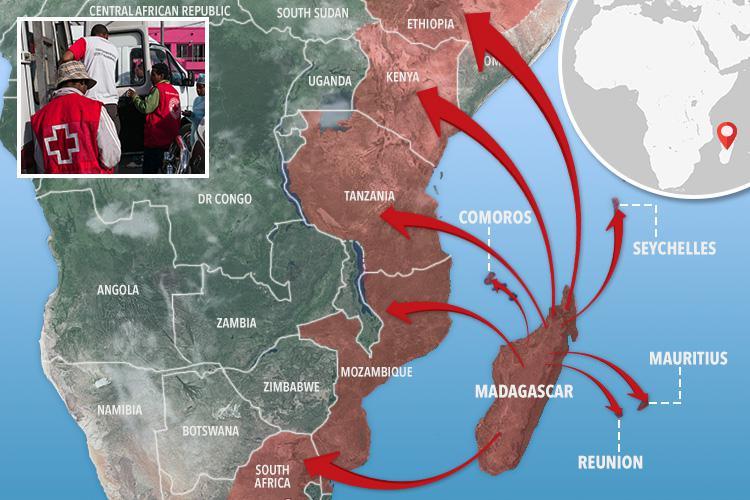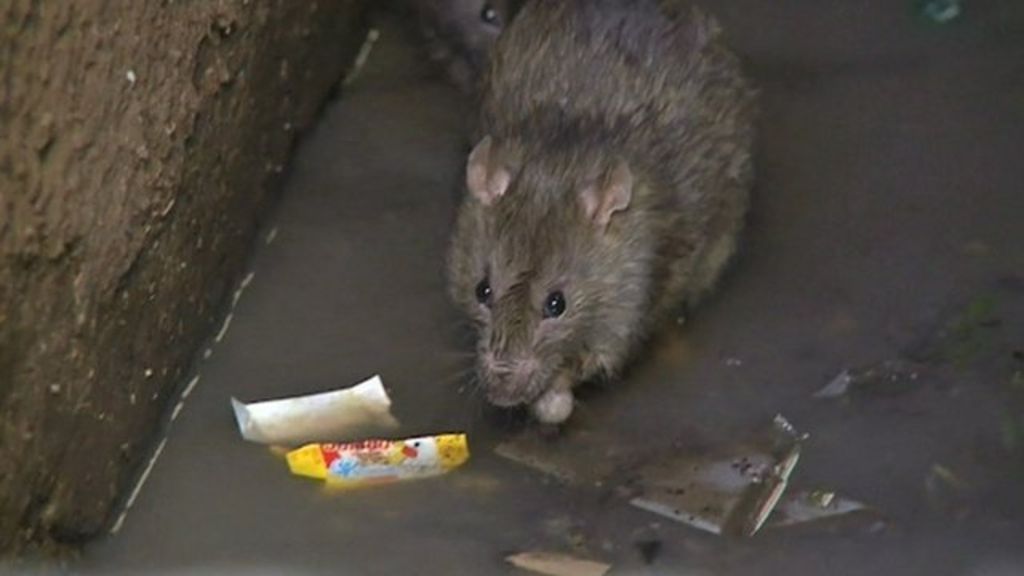EUMAM MOZ gives lecture on healthcare challenges in Mozambique
Mozambique’s ministry of health prepared to deal with plague – AIM

The Sun
The Mozambican Ministry of Health is drawing up a plan to respond to any possible outbreak of bubonic plague, following the outbreak in Madagascar which has affected about 100,000 people and has caused over 100 deaths.
According to the Assistant National Director of Public Health, Maria Benigna Matsinhe, cited by the Maputo daily “Noticias”, work is under way to control the entry points to the country to check and follow up any person who has been in Madagascar,
Speaking on Friday at the ceremony to launch National Health Week, Matsinhe said “even before there were indications that our country is at risk, as soon as we knew of the Madagascar outbreak, the Health Ministry organized, and sent guidelines to the provinces to strengthen vigilance at the borders”.
Health workers are observing people who enter the country, and noting where they have been, she said. If they have visited Madagascar, they are screened.
“We know that the symptoms of plague are fever and a feeling of malaise, which in some cases can evolve to pneumonia”, she said. “Our workers at the entry points are prepared for surveillance, and in this way we shall be able to identify possible cases”. So far, she added, no cases of the disease have been diagnosed in Mozambique.
Also Read: Plague warning given to nine countries, Mozambique included, as black death spreads through Madagascar
The plague bacteria develops in rats and other rodents, and is transmitted to humans via fleas. In humans the classic form of the disease is bubonic, affecting the lymphatic system. Plague becomes much more serious if it develops into its pneumonic form which can be transmitted from person to person through coughing and saliva.
Mozambique already has experience of dealing with plague, since there have been repeated outbreaks in Mutarara district, in the western province of Tete, on the border with Malawi. The latest such outbreaks were in 1994 and 1997. Three deaths were reported in 1994 and none in 1997.
The sporadic appearance of plague in Mutarara and in southern Malawi is likely to indicate a reservoir of the bacteria among the wild rodent population.













Leave a Reply
Be the First to Comment!
You must be logged in to post a comment.
You must be logged in to post a comment.